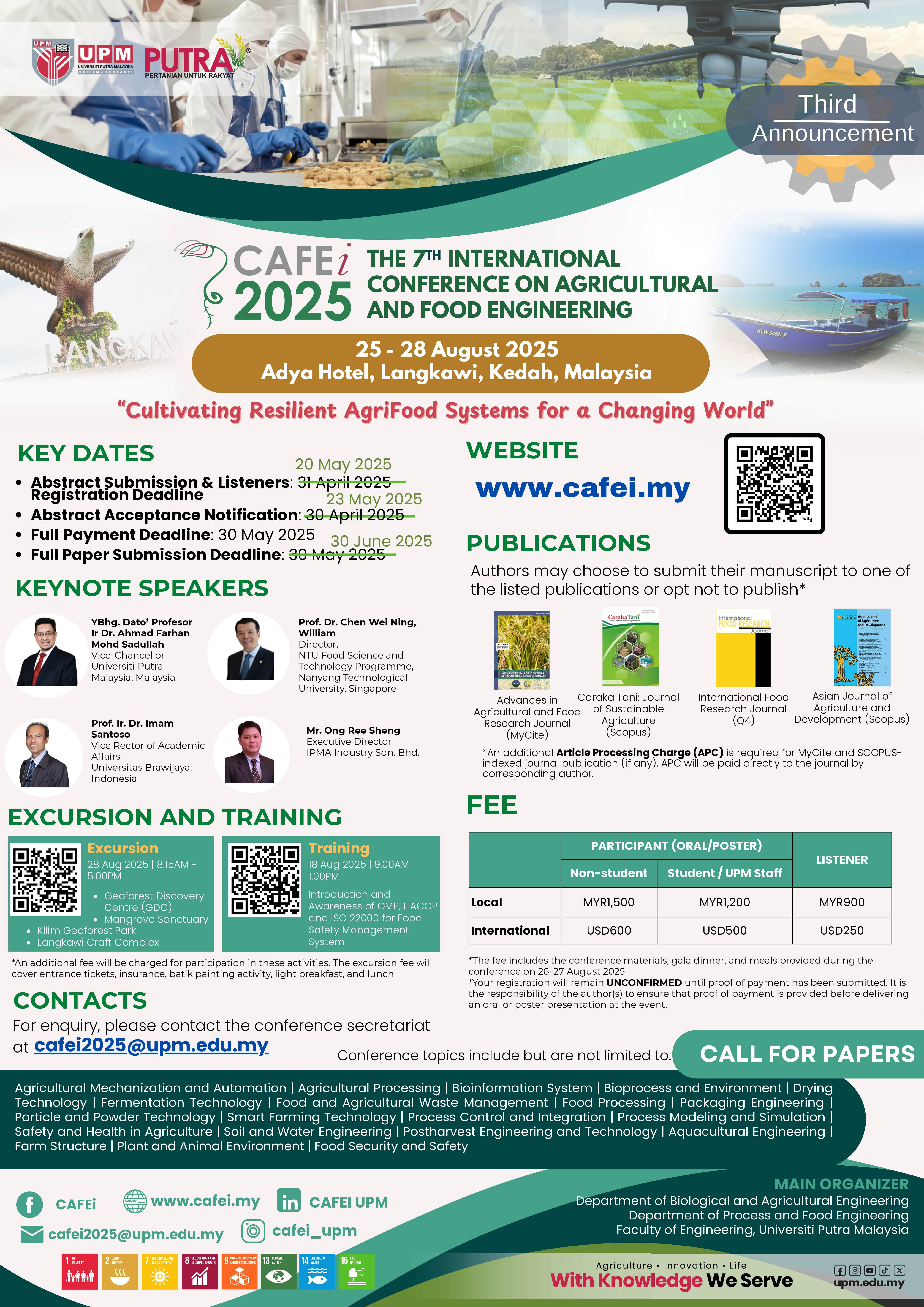Utilization of Banana Peel as Functional Ingredient in Product Development
DOI:
https://doi.org/10.36877/aafrj.a0000209Abstract
The agro-food industry’s exponential growth of plant waste production is a critical global issue, taking into account its storage, disposal, environmental impact and potential health risks. However, by-product utilization of agricultural waste for the retrieval of added-value compounds offers new avenues for industrial production and waste management. The waste of banana primarily the peels are potentially a useful sources for substitution of value added product such as dietary fibers, bioactive components, including carotenoids, polyphenols, pro-vitamins as well as essential minerals. This project describes the types and the composition of raw banana peel wastes and the bioactive components of the peel, the processing methods and the possible application of banana peel flour (BPF). Of particular interest, the proximate analysis and physicochemical properties of potential BPF and the properties of the by-product are discussed. These informations were then used to identify types of food that is suitable for production industry. Then, the utilization of banana peel flour in beef burger patties, waffle ice cream cones and yellow noodles were chosen. The formulation of BPF were prepared in three different formulations: 2%, 4% and 6% for beef burger patties, 10%, 20% and 30% for banana peel noodle and 5%, 10% and 20% for waffle cone respectively. Overall, BPF substitutions in these food products have affected and improved high cooking quality, nutritional values, colour, texture and sensory characteristics relative to control.
Downloads
Published
How to Cite
Issue
Section
License
Copyright (c) 2022 Zanariah Mohd Dom, Adibah Zahiah Azhar, Saidatul Nurul Atika Masaudin

This work is licensed under a Creative Commons Attribution-NonCommercial 4.0 International License.
Author(s) shall retain the copyright of their work and grant the Journal/Publisher right for the first publication with the work simultaneously licensed under:
Creative Commons Attribution-NonCommercial 4.0 International (CC BY-NC 4.0). This license allows for the copying, distribution and transmission of the work, provided the correct attribution of the original creator is stated. Adaptation and remixing are also permitted.

This broad license intends to facilitate free access to, as well as the unrestricted reuse of, original works of all types for non-commercial purposes.
The author(s) permits HH Publisher to publish this article that has not been submitted elsewhere.

.png)

.jpg)



